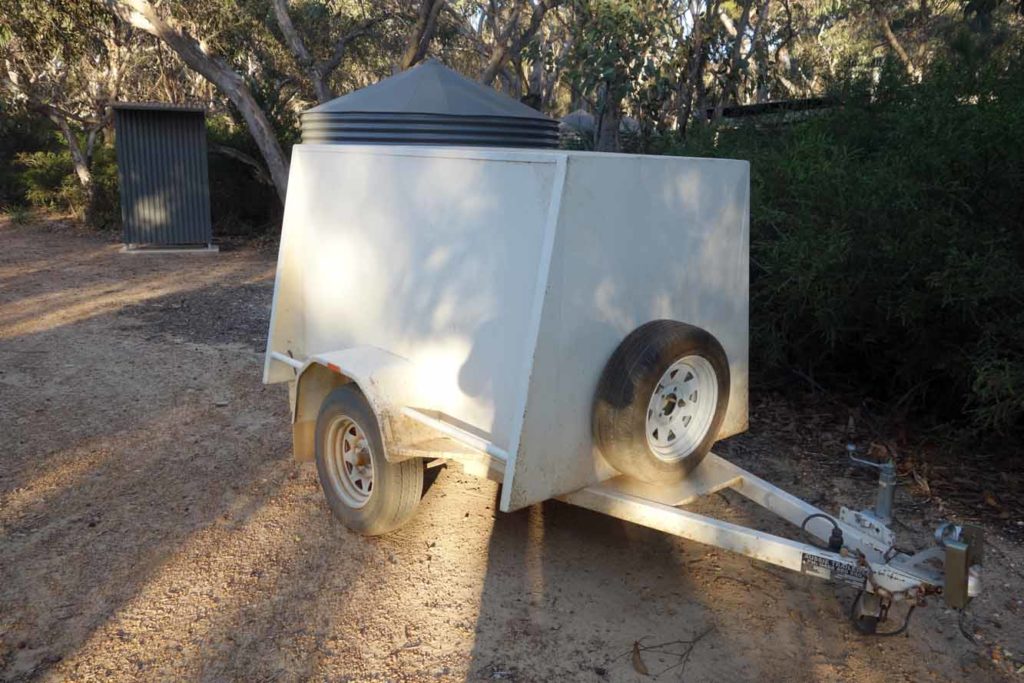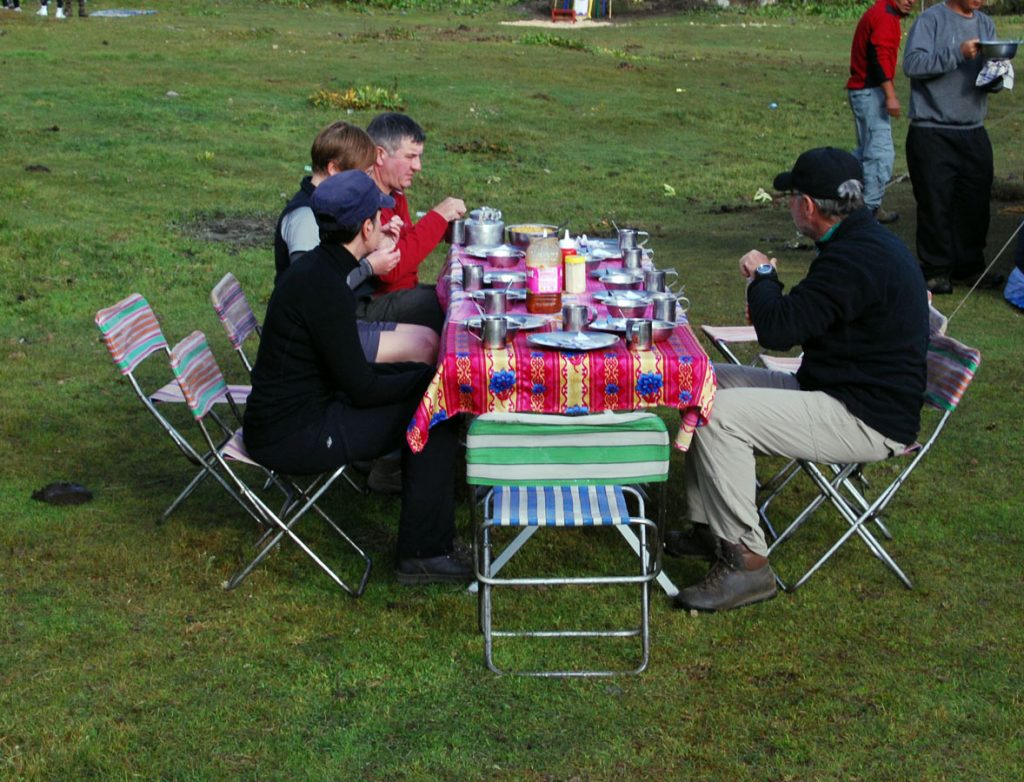Camping, glamping, and dirtbagging: hiking styles
Hiking Practice
When we think about hiking we create a picture in our mind of what the day looks like and if there is an overnight stay involved the camp forms part of the picture. The thing we need to remember is that hiking is different for everyone and there is no right view of the image we create.
How we come to hiking and camping will generate this mental picture. Are we life long hiking enthusiasts that started as part of a family activity? Are we new hikers who have only just started? Are we the occasional hiker who does an adventure every so often and wants to just turn up rather than doing any of the organising or planning? Or maybe we don’t fit into a single style of hiking and will choose our own adventure based on what we feel like.
In this article we discuss what the common types of hiking/camping styles. Where do you fit?
Camping
Camping is a term that basically means we are sleeping in a tent, hammock or shelter of some type. It’s a generic enough term that is easily understood but it doesn’t specify how you got there.
Camping-hiking
If you are camping as a hiker this definitely creates a picture to which most people can relate. As a hiker you are limited to what you can physically carry and in most cases you want as much space as you need but contained in the smallest but lightest option you can find and afford. When you think of hiking and camping, you think small and compact because somebody has to physically carry the bulk and the weight.

Camping on night one of the Hume and Hovell Track
Car Camping
Car camping is a pretty descriptive term and one that leaves no doubt as to what it entails. As a car camper you drive to your camping destination and usually have a relatively short walk, often only a matter of metres to put your tent site. As a car camper you are less limited by space and weight so it’s not unusual to see a multi person, standing height tent, often with a vestibule and all the comforts such as chairs.
Car camping can also include motorcycles and pushbikes and while these smaller vehicles are more limited on space you still have a bit more extra capacity than you do as a walking hiker.
The advantage with car camping, particularly if you are doing long trips, is that the accomodation costs are minimised.

Car camping
Supported Camping
As a term ‘supported camping’ is not really well known even though the concept is. This is really a half way term between traditional hiking/camping and glamping. An example here is the Overland Track where one option is to carry a day pack as you walk and have your overnight gear (including sleeping gear) transported to the next campsite by car each day. What this style of hiking does is minimise the physical impact on your body and allow you to keep up with those hikers who are used to carrying full packs. In most cases you will still need to cook and set up your tent but there is a line between supported camping and glamping. Where this sits is anyones guess.

Gear storage trailer on the Kangaroo Island Wilderness Trail. Your gear goes in the trailer in the morning and is delivered to your next campsite by the time you get there
Glamping
Glamping is one of those terms that most people can relate to even if they have never done it. In part this is because we make fun of it. Glamping or ‘Glamour-Camping’ takes your usual basic camping set up to the extreme.
Typically this style of hiking means you are carrying a day pack with the essentials you need for the day and at the end of the day you typically arrive at the camp with not much to do. At its most basic you may have to set up your sleeping system up but your meals are prepared for you. At the other end of the range you sleep in dedicated cabins and enjoy chef cooked meals, bottles of wine and beer, and a roaring fire at the right time of the year.
It’s also very common in countries like Australia to have some very flash, permanent tents that only resemble a tent from an external view. Once you get inside you enjoy the comforts of a very plush bed, a TV, bar fridge, air conditioning and wifi.

Hiking in Bhutan; the most difficult part of breakfast was what cereal to choose and what topping to put on your toast!
Dirtbagging
This is a term that at least from my perspective is all about the US long distance hiking/rock climbing communities. The connotation associated with this term is someone who is so committed to a particular lifestyle that they tend to abandon ‘normal’ society to live for the activity. There can often be some confusion between a dirtbag and a hippy with the dirtbag living for a particular activity as opposed to the lifestyle itself.
This style of hiking isn’t so common in Australia however I have come across some individuals on some of our long trails that fall into this category. They work only when they need to top up cash reserves and as soon as they have what they need they are back on trail again with the cycle repeating as needed.
This is a relatively cheap if somewhat transient lifestyle, and is all about the basics you need to live.
Final thoughts
The main aim of hiking and camping is about getting into the outdoors, enjoying nature, getting some exercise and generally just decompressing from the hustle and bustle of modern society. Each of us has our own reasons for getting out there and there isn’t just one way of doing it.
I can see a time, hopefully in the long distant future, where I won’t be able to do the type of hiking I currently throw myself into and will be looking at any mechanism available to keep on hiking and camping. This brings us back to ‘hike your own hike’ and don’t let anyone else all you otherwise.